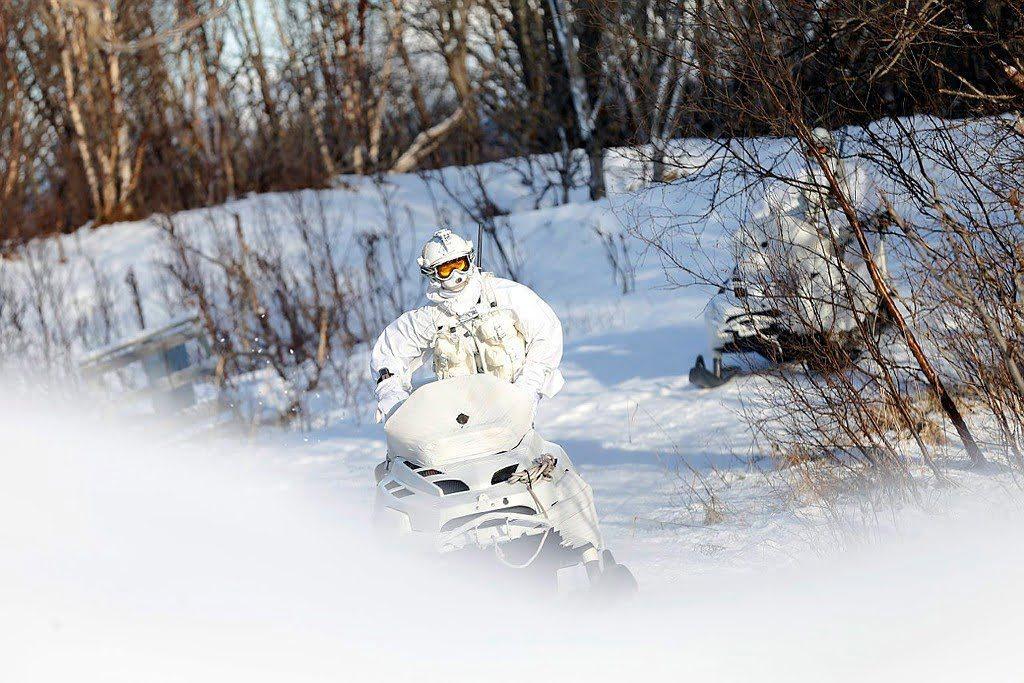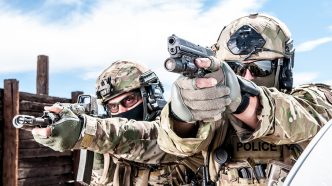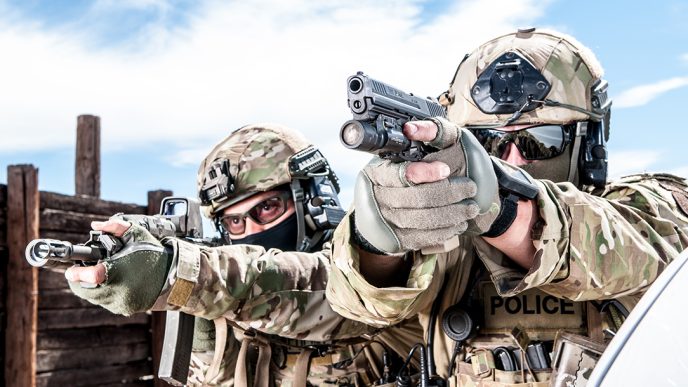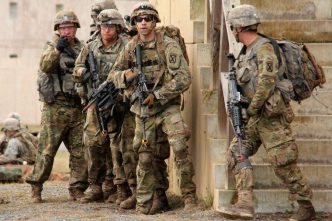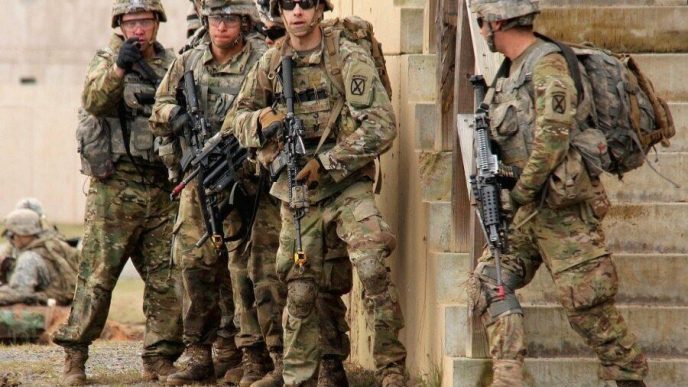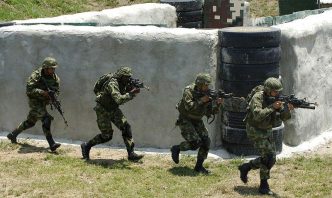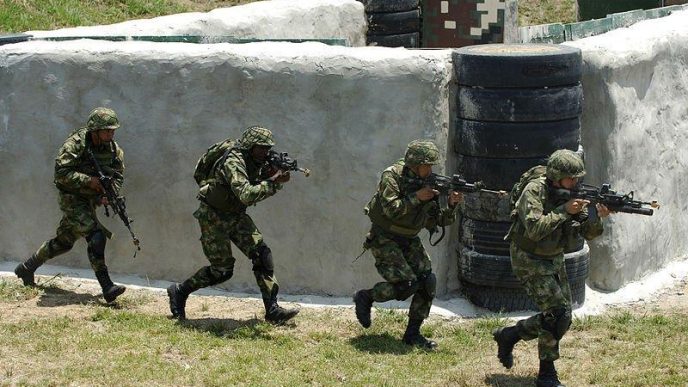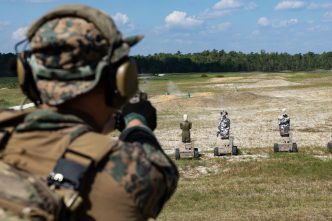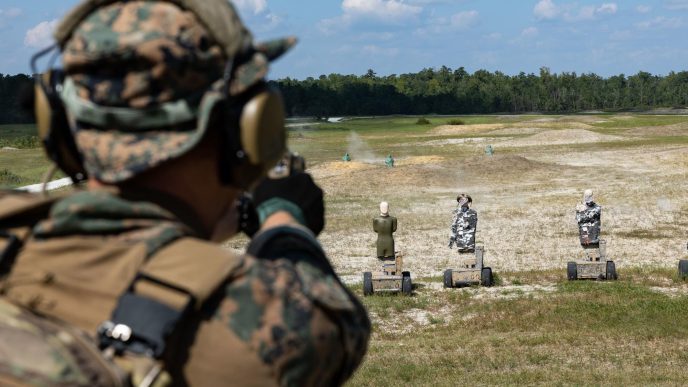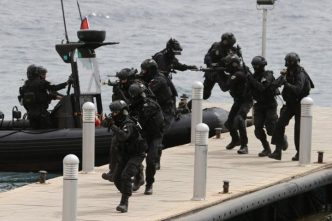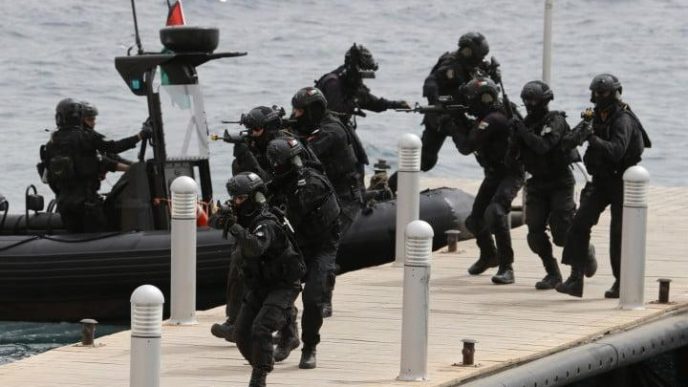The Finmark 7th Jager Company was a top-tier special operations unit based in Norway. Its home base was the Kirkenes Region, where it operated as a guerrilla force known for its ability to remain undetected behind enemy lines and disrupt enemy forces and operations. This elite unit was also referred to as the Arctic Ranger Company. Unfortunately, the unit was decommissioned in the summer of 2011.
Introduction
Norway has a rich history marked by its participation in numerous conflicts. Today, the country boasts a small yet highly skilled and well-equipped military. The Kirkenes region is located in the far northern reaches of Norway, a wintry landscape of forests and tundra blanketed in snow for at least eight months of the year. This extreme environment is home to the Finmark 7th Jager Company, the Norwegian Army’s northernmost unit.
The 7th Jager Company was stationed at Porsangmoen, the world’s northernmost military garrison, at 70 degrees northern latitude. This unit of Norwegian special forces was highly specialized in unconventional warfare and guerrilla tactics, as well as long-range reconnaissance behind enemy lines with no support from other units. The 7th Jager Company was able to operate effectively in all weather conditions and terrains for up to 30 days, making it a formidable force in the northern reaches of Norway.
Organization
Norway’s 7th Jaeger Company, a highly elite unit of special operations forces, is structured into four platoons, also known as “tropps.” These platoons consist of a command/mortar platoon and three rifleman platoons, with each platoon further divided into three eight-man teams. These teams are designed for maximum mobility, allowing them to exploit enemy weaknesses and capitalize on their mistakes quickly.
The operators of the 7th Jaeger Company utilize Yamaha snowmobiles or cross-country skis to traverse the snow-covered Kirkenes region while carrying a wide array of weapons and equipment. They are equipped with state-of-the-art weaponry on par with other elite military units worldwide.
Training and selection
The elite unit members are rigorously trained to withstand harsh snow and cold conditions and engage in combat actively. Their proficiency in weapons handling and caching strategies ensures that each platoon can continue operating for a minimum of two weeks without requiring external support. If a resupply or relocation is necessary for the field, the Finmark 7th Jager Company can count on the Bell 412 helicopters of the RNAF (Royal Norwegian Air Force) to provide aid. Additionally, they can summon air support from the RNAF’s formidable F-16 fighter jets when necessary.
The training regimen at the Arctic Ranger Company closely mirrors that of other ranger units, with a heightened emphasis on winter survival skills. This comprehensive preparation equips soldiers to carry out their missions in harsh winter environments effectively.
Equipment
The Finmark 7th Jager Company was an elite unit renowned for its mobility and tactical surprise in combat operations. The team was equipped with various weapons, including the HK G3 assault rifle, fitted with a 40mm grenade launcher, and the Heckler and Koch MP5 9mm submachine gun. The unit’s snipers were equipped with either the Våpensmia A/S NM-149 Sniper Rifle or a 12.7mm/.50 caliber rifle. The heavy weapons in their arsenal included the Gustav 84mm antitank rocket, ERYX antitank missiles, Stinger Antiaircraft missiles, and RO L-16 81mm mortars.
Conclusion
Despite their impressive training, dedication, and equipment, the Finmark 7th Jager Company was disbanded and deactivated in 2011. Nevertheless, this unit is a testament to the skill and professionalism that can be achieved in military units.
